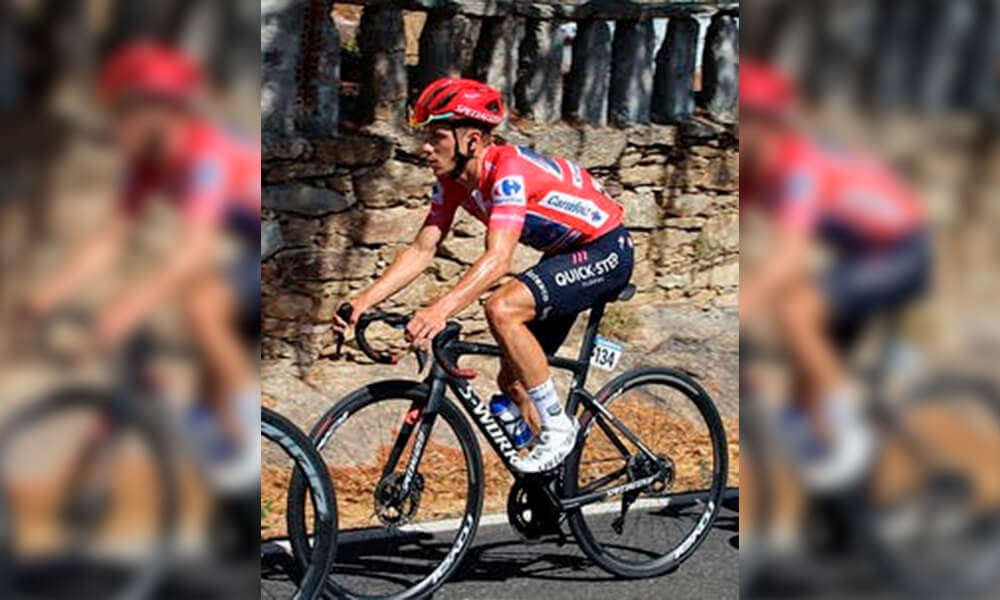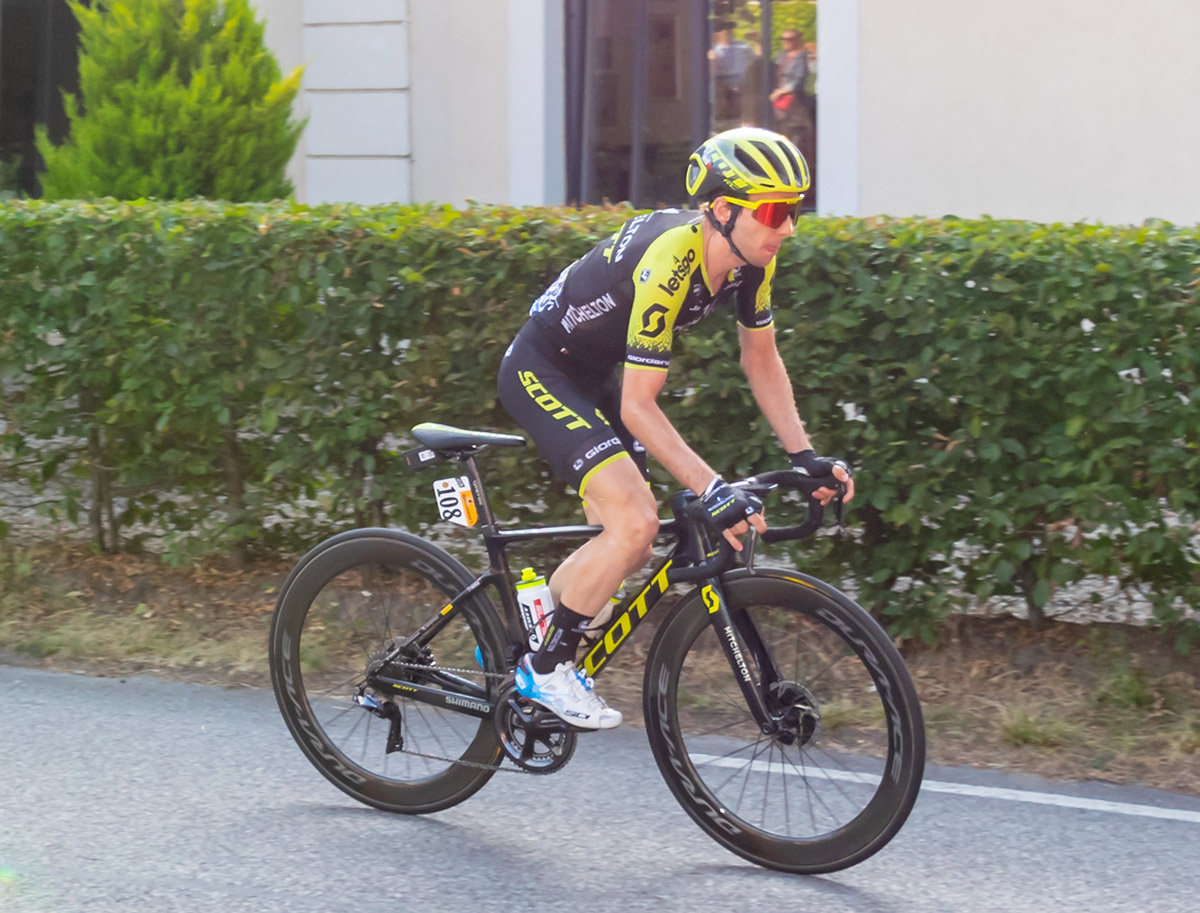
3 Reasons Hip Flexors Are Important For Runners… Avoid the ‘toilet bowl of doom!
The best way I can encompass the importance of hip flexors for running is with a story of one of our more elite crew who was talking after doing UTA (Ultra-Trail Australia) 100k. She’d finished and was cheering on a friend who was struggling (to put it mildly). With a grin, she summed up the situation, ‘She was on the toilet bowl of doom!’ Think running while on the loo, half-squat, looking down and stumbling…pretty much DONE! We’ve all seen runners in that state and it sums up what hip flexors can do to us. Wanted to go through 3 little known reasons they deserve our respect.
- Body Position
Firstly, they support posture. Psoas, the main component of hip flexors sits on our centre of gravity. We think of it like the spine being a flagpole and psoas as two ‘guy ropes’ on either side. They can pull you sideways but mostly they will pull you forward. That’s important because as runners we want optimal length so you can be upright to initiate movement from higher in the body (for speed and efficiency). In the clinic, we target psoas as part of teaching running techniques. An average runner is tight and initiates movement from the hips. Elite runners initiate higher from T12, just below the diaphragm which is hard to do if hip flexors are too tight.
- Nervous System
People forget that there are important nerves close to hip flexors. One of the main ‘fight or flight’ structures (sympathetic plexus) runs the length of the psoas and has two offshoots running through it. So basically, a lot of your body regulation happens in that area. No matter how tired you are, don’t lose length through the stomach. Soon as you slump through the middle, biomechanics are shot and the nervous system is doing crazy things. Your being swallowed by the ‘toilet bowl of doom!’ Time to stop!
- Breathing
Runners often don’t realise that hip flexors are closely linked to the diaphragm ligaments up high and towards the back. We think of it as a trail of tension through psoas that can pull on the diaphragm. This can contribute to poor breathing patterns known as paradoxical breathing. If you’re having trouble with breath during runs, good to check it out. In the clinic, we also see runners with tight hip flexors prone to stitches, which is usually breathing issues in conjunction with a trail of tension, obliques, diaphragm and psoas that stir up on exertion.
The take-home message for runners is, be aware of hip flexors. We target them in prerace treatments, but you can learn how to stretch them as part of your routine. You can also do gentle movement programs to target length the morning of your runs as well. As you improve, your posture will get better, and it will be easier to learn the optimum running technique to be faster for longer…No more ‘toilet bowl of doom’!
Paul Trevethan
Physio






